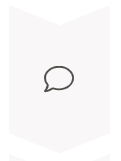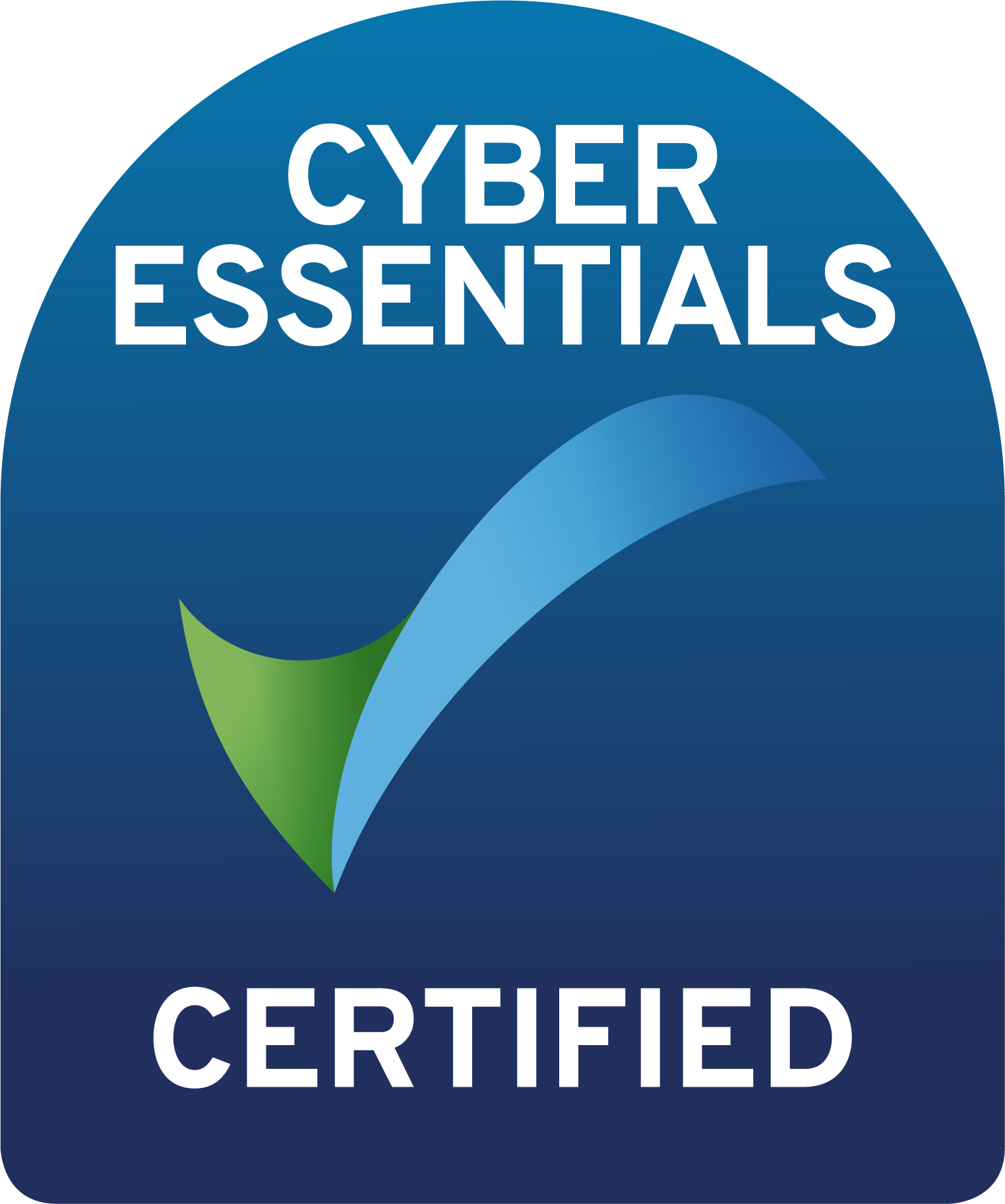Understanding the hidden corners of the internet to keep your children safe in the digital age.
The Dark Web is a part of the internet that requires special software to access and is not indexed by standard search engines. Unlike the regular internet that most people use daily, the Dark Web is intentionally hidden and anonymous.
It operates on overlay networks that use the internet but require specific software, configurations, or authorization to access. The most common of these is the Tor network, which routes internet traffic through multiple servers and encrypts it at each step.

The Dark Web was originally developed by the U.S. Naval Research Laboratory to protect intelligence communications. It was designed to provide anonymity and security for sensitive communications.
Today, it serves legitimate purposes for people living under oppressive regimes, journalists protecting sources, whistleblowers, and privacy-conscious individuals. It provides a platform for free speech and information sharing in places where censorship is prevalent.
Allows individuals to communicate without surveillance
Protects sources and sensitive information
Enables free speech in restrictive environments
Unfortunately, the same anonymity that protects legitimate users also attracts criminal activity. The Dark Web hosts marketplaces for illegal goods and services, including drugs, weapons, stolen data, and more disturbing content.
These illegal marketplaces operate using cryptocurrencies like Bitcoin, making transactions difficult to trace. Law enforcement agencies worldwide work to shut down these operations, but the anonymous nature of the Dark Web makes this challenging.
Sale of drugs, weapons, stolen credit cards, and counterfeit documents
Disturbing and illegal content that can harm vulnerable individuals
Numerous scams targeting users with false promises and fraudulent services
Hacking tools and malicious software that can compromise personal devices
Harsh chemicals in some products can irritate their skin.
Regular use of adult makeup might hurt the skin over time.
Sharing makeup or using eyeliner and mascara can lead to eye problems.
Kids may start to think they always need makeup to feel pretty.
As a parent, it’s important to be aware of potential warning signs that your child might be exploring the Dark Web. While some of these indicators could have innocent explanations, multiple signs together warrant attention.
Remember that these signs don’t necessarily mean your child is doing anything wrong. Many privacy-conscious teens use VPNs and encrypted services for legitimate reasons.
Establish an ongoing dialogue about internet safety without judgment. Create an environment where your child feels comfortable discussing their online experiences and asking questions about concerning content they might encounter.
Teach your children about the risks of the Dark Web and why it can be dangerous. Help them understand that the anonymity that makes it appealing also makes it risky, as it attracts criminal elements and lacks protections found on the regular internet.
Consider age-appropriate monitoring software and establish clear boundaries for internet use. Place computers in common areas of the home rather than bedrooms, and set reasonable time limits for device usage.
While no technical solution is foolproof, these tools can help parents monitor and protect their children’s online activities:
Use parental controls and content filtering software to block access to Tor and other Dark Web browsers. Many internet service providers offer family protection options that can be enabled.
Consider installing monitoring software that alerts you to suspicious activities or attempts to download certain types of software. These tools can provide reports on browsing history and app usage.
Set up router-level protections that can prevent connections to known Dark Web access points. Some advanced routers allow for customized security settings and monitoring of all connected devices.
Remember that technical solutions work best when combined with open communication and education. Technology alone cannot replace the guidance and support that parents provide.
If you discover your child has been accessing the Dark Web, it’s important to respond appropriately based on the situation:

Approach the topic calmly and without accusation. Try to understand their motivations and what they've been doing online.

Approach the topic calmly and without accusation. Try to understand their motivations and what they've been doing online.

Praise your child for their ideas, effort, and kindness—not their looks. This helps them feel proud of who they are on the inside.
If you discover your child has been accessing the Dark Web, it’s important to respond appropriately based on the situation:
Latest from our blogs

Get latest online safety advice
© 2025 Learning KidsnClicks All rights Reserved.